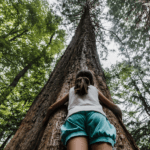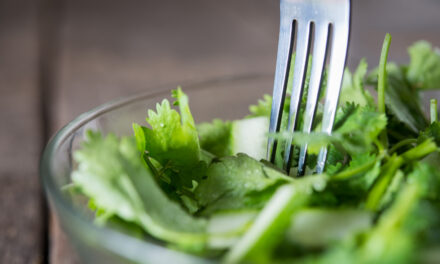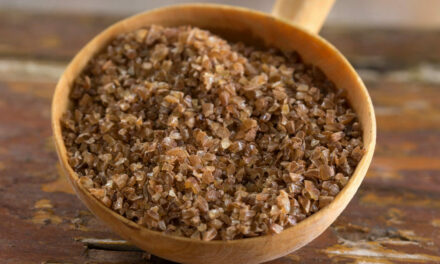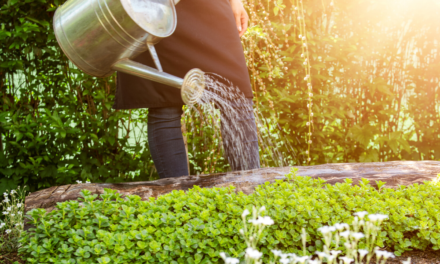
Butteflies : Top 9 flowers to plant in your garden to attract and preserve them
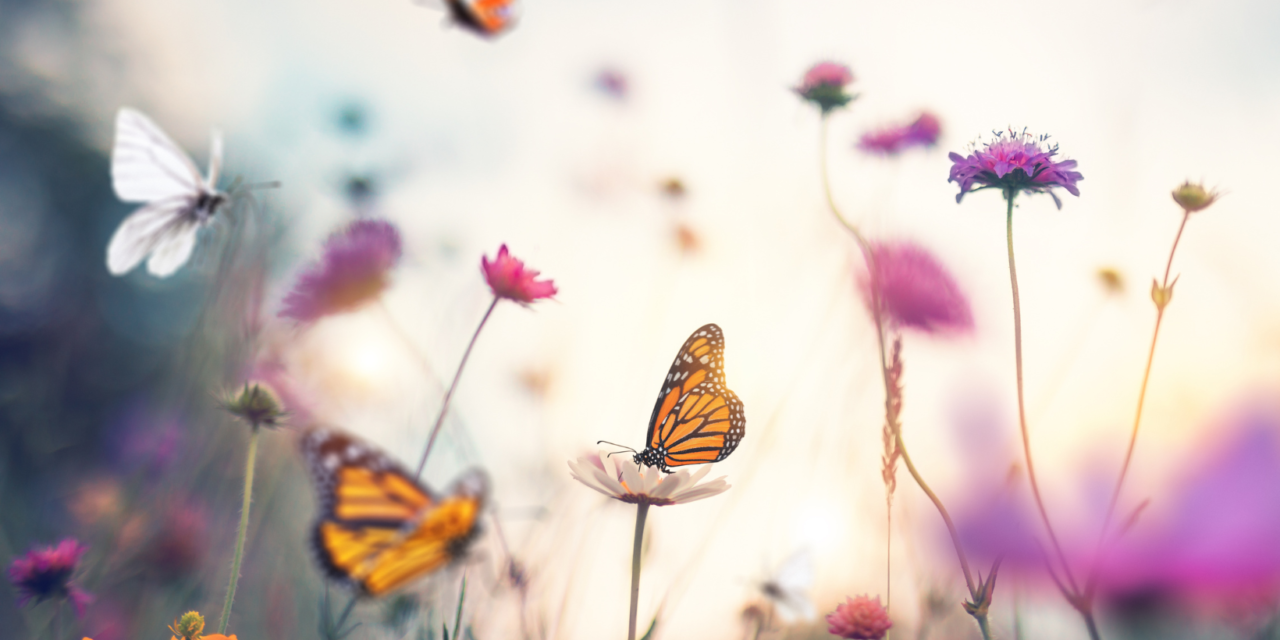
“Happiness is like a butterfly: it flies without ever looking back”, Robert Lalonde. Butterflies: What if your happiness was found in a living creature with beautiful colored wings? And that there were various kinds? You will have understood, the butterfly is a being to which we associate beauty and purity… So how to protect this space and attract some in its garden for the pleasure of the eyes? Discover now the plants and the benefits of this little being for your garden!

Pollinators, butterflies are indispensable for your garden
It is not without knowing that the butterfly is a worker like the bee! Not only is it an indicator that your garden is of good quality, but why is it important to attract it? They are not just insects that flit from one flower to another. They play an important role as pollinators for the benefit of you, the gardener! Nevertheless, these little workers of nature do not systematically settle in all gardens. These allies of the garden are selective about which flowers to forage, where to settle and of course where to lay their eggs.
Discover now the selection of the best plants for your new colorful volatile guests!
Buddleia
Commonly referred to as the butterfly tree, this shrub does not require any maintenance. It is an invasive plant. Don’t panic! Its life expectancy is short and yet it improves your soil in the most vulnerable places. Its flowers and its smell are a butterfly niche, you can now attract them more easily.
The sedum
The autumn orphin is a nectariferous plant, what better for our little volatile workers. It is very popular with butterflies and bees in summer. For the maintenance of this plant, we advise you to put it on a fresh ground with a sunny exposure. Bright pink starry flowers for the aesthetics of your garden are added!
Passionflower
Famous passionflower, it is as colorful and delicate as the image we have of butterflies. There are more than 500 species, and the butterfly is responsible for this immense diversity! Clinging to a wall, a tree or a trellis, the passionflower is the host plant of the caterpillar of the agraulis vanillae.
The Phlox
This plant with purple, red or white flowers attracts many butterflies. This flower requires a rich and well-drained soil. It only needs to be watered during the first year of life. Let’s save water together!
Queen Anne’s Lace
History shows that this plant was once considered a weed… Yet the nectar from its delicate flowers is a real treat for butterflies and other small pollinating workers. Moreover, this flower is also called “wild carrot” because you can eat it! And yes, its root is edible.
Valerian
This is the favorite plant of butterflies from May to September! This plant with its beautiful clusters of red or white flowers is hardy and adapts to gardens that have calcareous soils or that have a dry tendency.
The eupatory
Benefiting from a long flowering, see summer in autumn, pleases butterflies. It can reach up to one meter in height. It is massive and rather on a neutral soil to acid, but little. Your garden would be a real small field of flowers appreciated by butterflies.
The hollyhock
Here is a beautiful flower! It has pretty flowers with bright colors in summer and attracts butterflies to your garden refuge. In the best conditions, sunny and in a quality garden, it can measure more than two meters in height. As for the valerian, it is edible but not only! It has many medicinal properties.
Echinacea
It is also a favorite of our butterflies and bees. This abundantly flowering perennial plant has huge flowers with white, purple, or yellow petals and has a heart that insects love to feed on! Echinacea grows in any type of soil but especially likes dry, neutral, or alkaline soil.
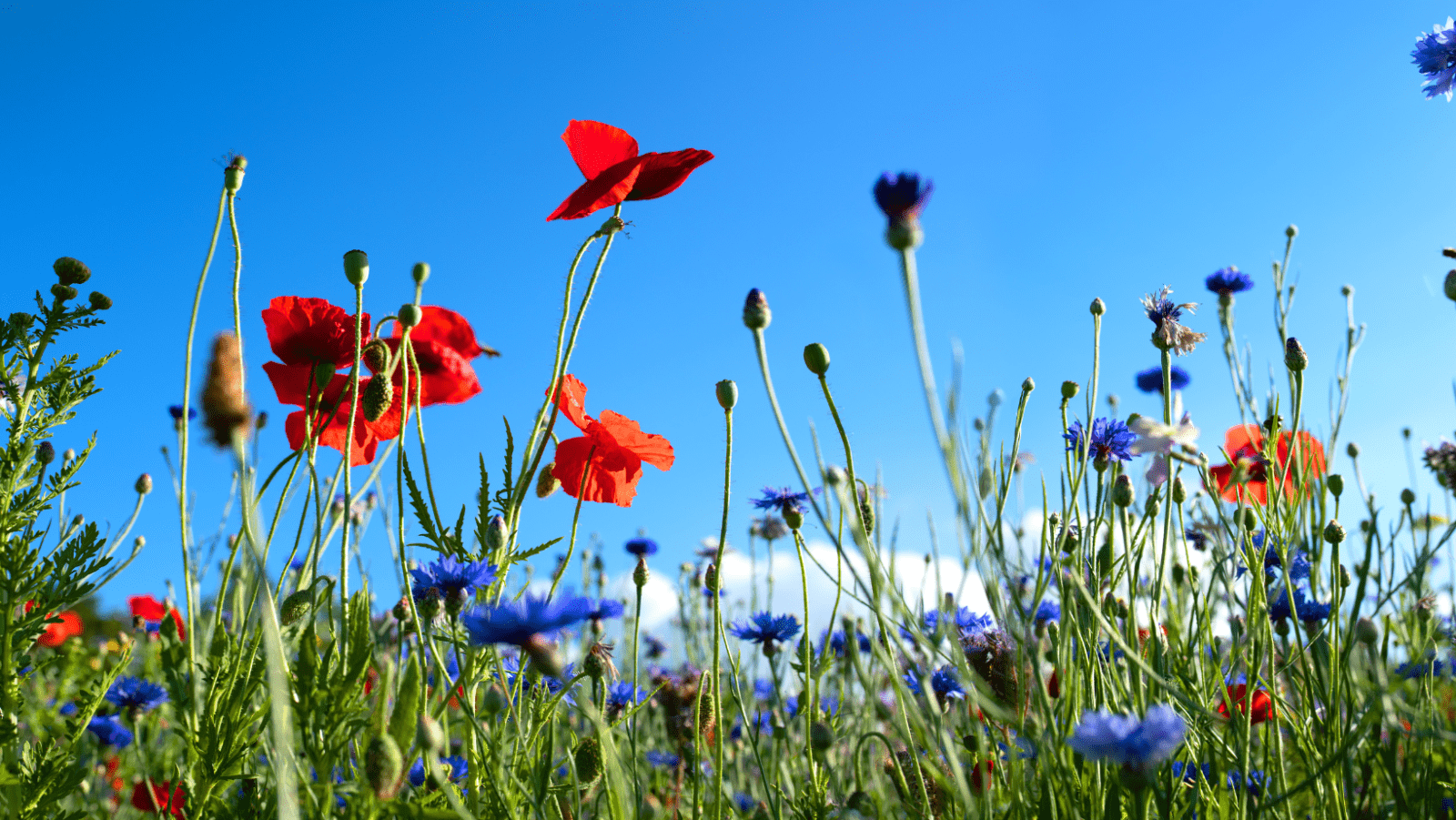
Protecting and preserving butterflies
It is important to offer them a refuge because of agricultural practices, the use of insecticides, climate change or the mowing of ditches, etc. As they provide a great service to biodiversity, they must be protected. They are in full rarefaction, so for them to feed and reproduce at best, here are some good practices. Let’s enjoy our butterflies by protecting them but also by admiring their elegant ballet during the beautiful days!
When you say butterfly, you say caterpillar! So welcome both. Plant annuals and especially perennials such as dandelions or poppies in a small corner of your lovely green space. This will allow butterflies to reproduce by laying their eggs on the leaves.
- Make a field of nectariferous and melliferous flowers that butterflies love!
- Create a very healthy environment by avoiding the threat that leads to their rarefaction, pesticides.
- Create a small meadow with nectariferous flowers in a sunny location protected from the wind.
- Use rainwater and create a watering hole so that your guests, the butterflies, can quench their thirst.
- Alternate mowing to give the caterpillars time to transform into butterflies.
To keep up to date with all our news, follow us on Instagram and on our Twitter account.
We post daily on our social networks so that you can keep up to date every day. You can also share our content on your own networks from the options at the bottom of the page!
See the article on CHEF JEAN-FRANÇOIS VASSEUR : BEETROOT IN DIFFERENT TEXTURES !
See you for our next article !




